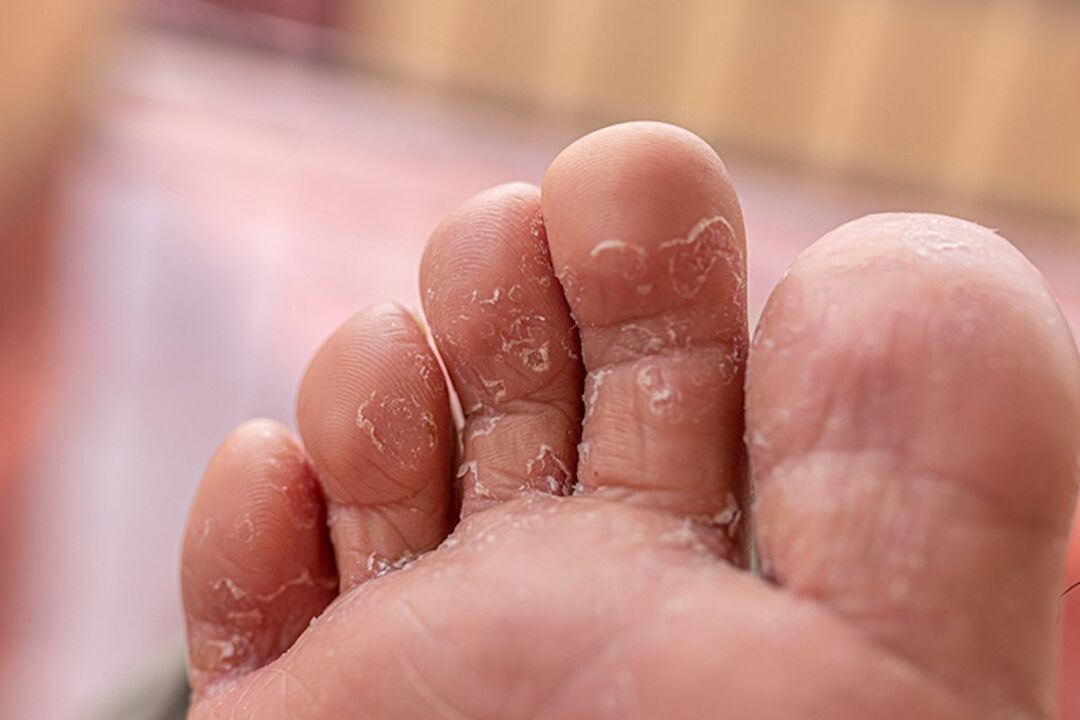
causes of fungal diseases
- Endocrine system dysfunction;
- Diabetes and its complications (especially diabetic foot);
- allergic dermatitis;
- Varicose veins;
- obesity;
- increased sweating;
- immune system diseases;
- hormone imbalance;
- Metabolic disorders in the body, etc.
symptom
Diagnosis of fungus between toes
How to Treat Interdigital Fungus?
- Topical antifungal medications (creams, lotions, ointments, etc. );
- Oral antifungal medications may also be taken.
Possible contraindications and complications
Tips and Advice from a Podiatrist
- Don't wear someone else's shoes and only use a separate bath towel.
- Do not walk barefoot in the bathroom, sauna or swimming pool - this is an ideal environment for fungal growth as it is always warm and has high humidity.
- If the skin on your feet sweats excessively, you should talk to your podiatrist about using anti-hyperhidrosis medications.
- Avoid shoes that are too tight and synthetic socks and stockings, which prevent the skin from "breathing. "

























